Is Shibuya Gyaru Culture in Decline? If So, Why?
The Japan Times published a must-read article today called “Where Have All The Gyaru Gone?” I was happy to see this article because I have been thinking about writing something similar for a long time. The topic comes up quite often in conversations with those involved in the Japanese fashion industry – regardless of whether or not their brands do business with Shibuya gals. It’s great that Japan Times writer Misha Janette initiated a public conversation about the issue, even if everyone doesn’t agree with all of her conclusions.
One thing that’s annoying about the (otherwise great) Japan Times website is that you can’t post comments. So, we wanted to start a discussion here on TokyoFashion.com about the Japan Times article – and the bigger issue of what’s going on with Japanese gyaru culture. Please, if you have an opinion on the issue, do share it in the comments below!
First of all, lets take a look at a couple of quotes from the original article:
“Compared to 10 years ago, there isn’t a strong gal culture anymore…” -Junko Suzuki (Sweet Magazine blogger)
“True gals didn’t care what anyone thought of them… Young girls [today] want stability, not free-for-all lives, in this rocky economy.” – Sayumi Gunji (ex-Vivi editor, now at Vogue Girl Japan)
The article goes on to point out that Japan Fashion Week (which starts this weekend) has completely excluded popular gyaru brands this year. The author also feels that one of Japan’s other top fashion events, Tokyo Girls Collection, has slowly moved away from the free-for-all gyaru extravaganza that it was when she started attending it four years ago.
The article considers several possible causes for the alleged decline of gyaru culture – most notably the bad economic situation and the rise of fast fashion brands in Shibuya.
Considering that Egg Magazine (the gyaru bible) launched in the mid 1990s (a time known in Japan as the “lost decade” after the 1980s bubble burst), some may question the argument that today’s bad economy is killing gyaru culture. If the gyaru culture exploded from the underground in famously bad economic times, then how likely is it that today’s bad economy is what’s killing the same culture? [Speaking of Egg Magazine, I wish that Misha would have talked to Yone (Yasumasa Yonehara) to get his take on the current situation in Shibuya. As one of the original visionaries behind Egg Magazine, his insight on the subject would be valuable.]
Let’s move on to the other possible cause of gyaru decline raised in the article – the invasion of Japan by international cheap fast fashion shops and brands. Shibuya is now home to massive H&M, Forever 21, Zara, and Bershka stores that didn’t exist even a few years ago. Could these cheap global giants be undermining gyaru culture? It’s certainly possible. For gals willing to give up the edgy/extreme elements of their look, it’s a five-minute walk from Shibuya 109 to the Shibuya Forever 21 store. The price difference between items from a Shibuya 109-based Japanese fashion brand and the cheap goods at nearby fast fashion outlets is probably a good US$10-50 per item, if not more.
But the fast fashion explanation only solves one part of the puzzle. The styling/fashion part of gyaru culture are just one element. Wasn’t gyaru culture of the 1990 originally about rebellion against Japanese society as well? What happened to the famous gyaru attitude? Is it gone as well? Looking at the current trends in gyaru, much of it definitely seems more sweet than scary. Could it be that gyaru has simply matured and become, like punk, passe? Even though real punks still exist, mostly the “punk” you see in the media is about marketing an “image” not about anything with substance behind it. Sid Vicious is dead. Joey Ramone is dead. Even Kurt Cobain is dead. Is “gyaru” on its way to becoming just another marketing term used to help companies sell more product?
Another thing anyone paying attention to the Tokyo street fashion scene has noticed lately is the growing similarity between Harajuku and Shibuya fashion. Both rising Harajuku-princess Kyary Pamyu Pamyu and undisputed Shibuya-queen Tsubasa Masuwaka are doing crossover projects on each other’s turf. Kyary is popular in Shibuya, Tsubasa in Harajuku. In certain photoshoots and videos, you’d be hard pressed to tell which one is supposed to represent which area. The popular shop Spinns Harajuku just opened a new shop (Moohoop by Spinns) on the 8th floor of Shibuya 109, the same floor on which gyaru brands WC by Wakatsuki Chinatsu and Moussy recently closed their stores.
Could the current merging of Harajuku and Shibuya styles be linked to the decline of gyaru culture? Might huge H&M, Forever 21, and Zara stores in both Shibuya and Harajuku be watering down the uniqueness of the areas that existed when they each had mostly their own cliques of shops? That was the fear many people expressed when the fast fashion invasion of Tokyo started a few years ago. That said, we haven’t seen a decline in Harajuku street fashion that matches the declines Misha describes in Shibuya in her article.
As stated above, the goal of this piece is to start a conversation – not to present any definitive answers. In fact, whenever we discussed this issue with Japanese fashion industry insiders, no one agrees on what’s going on – or even whether anything at all is going on. Some people believe that the sweet/conservative gyaru is just another trend cycle, and one that – like most trends in Japan – isn’t likely to last very long.
If you have been following Shibuya fashion and/or gyaru culture, please let us know your opinion on the issue. As the Japan Times article notes, regardless of what’s going on here in Tokyo, gyaru fashion is growing in many countries around the world. If you’re a gaijin gyaru, have your say in the comments section!
Thanks again to Misha Janette for bringing up the issue in the original article!
All photos were taken in Shibuya by TokyoFashion.com photographers.

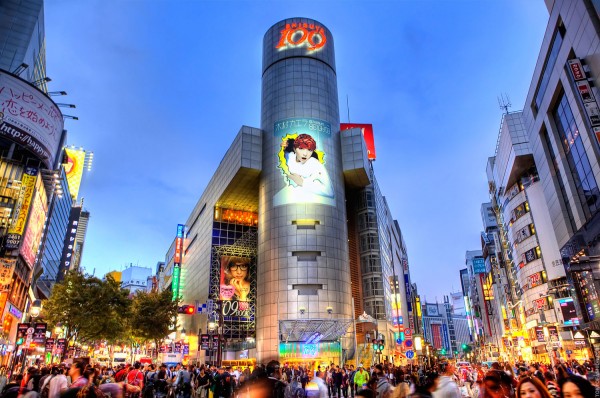
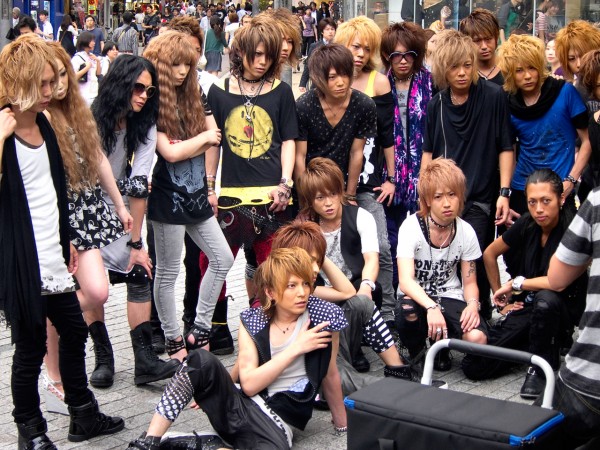
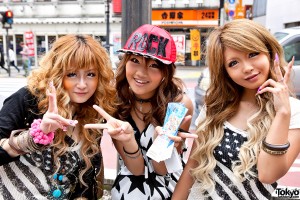
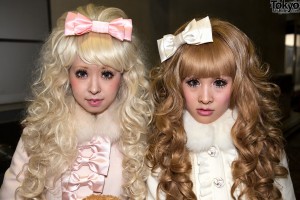
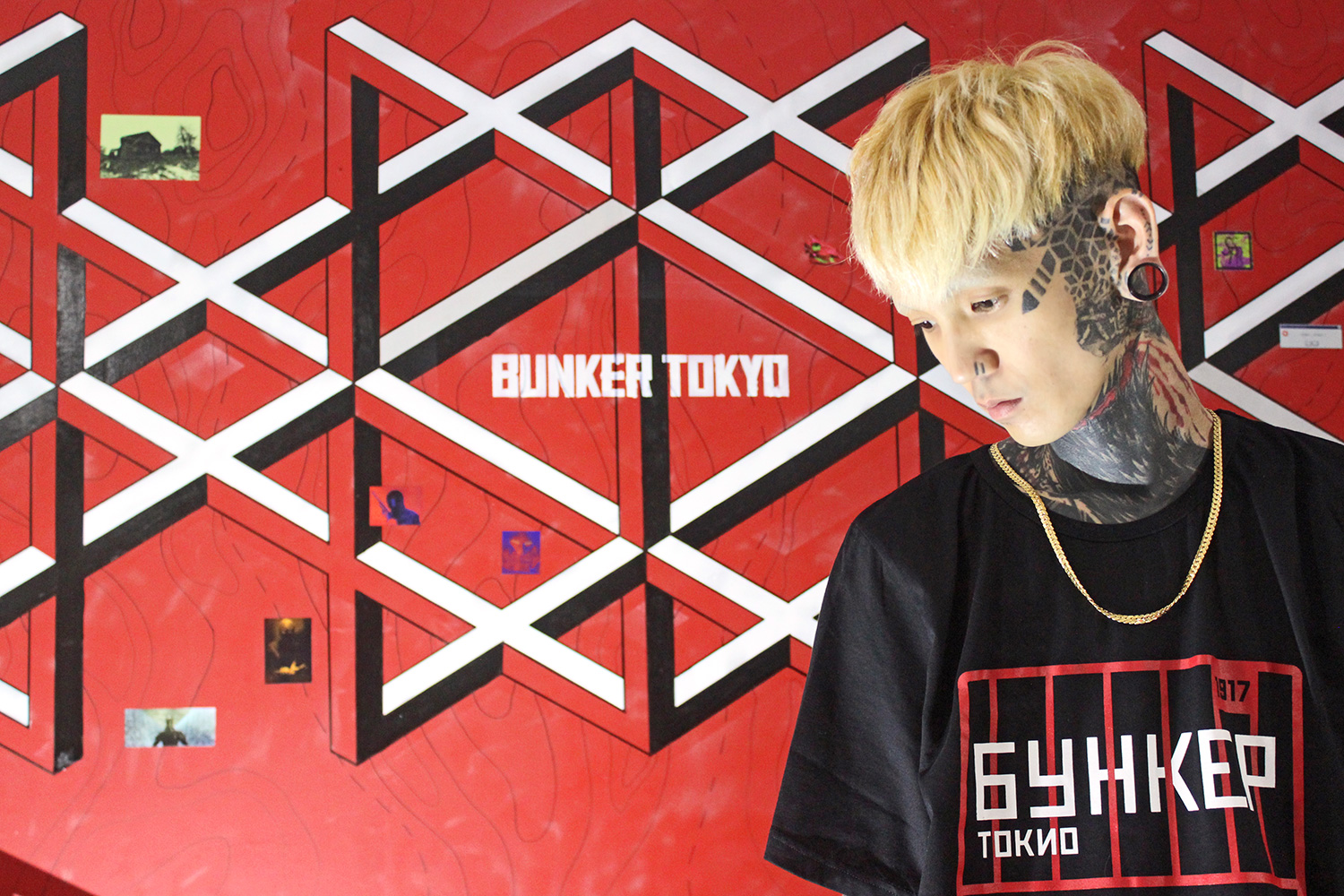

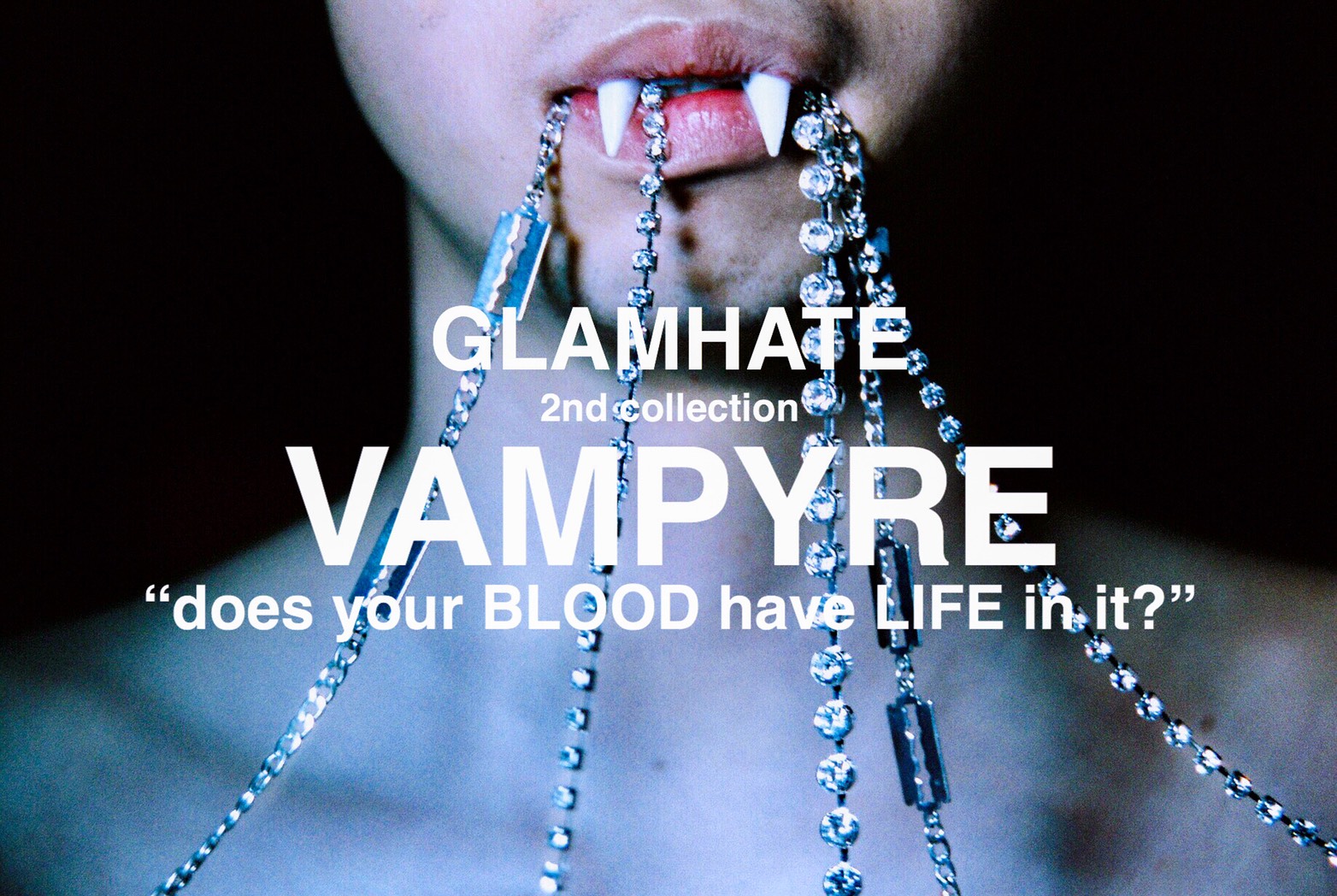
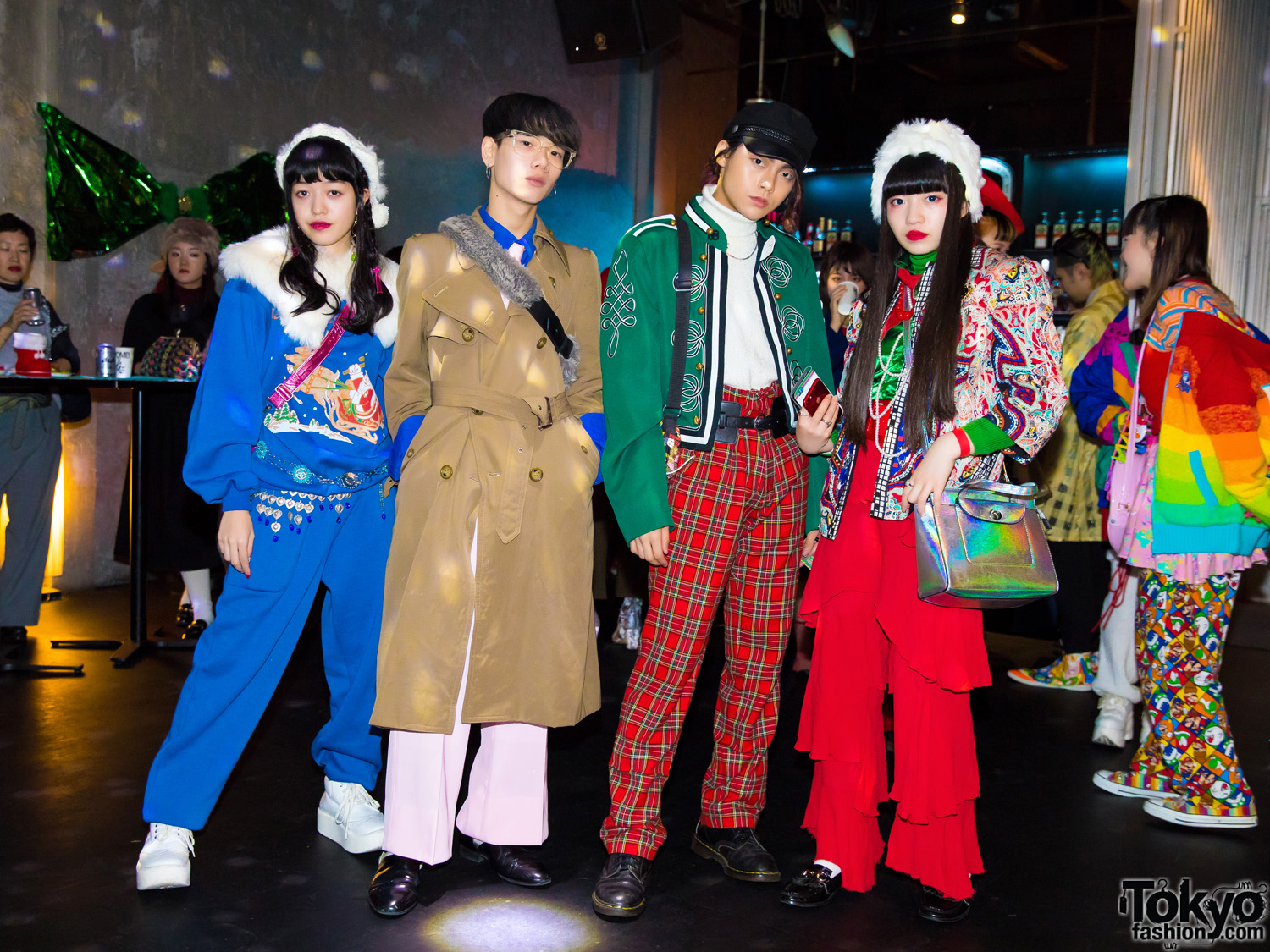
Comments are closed.